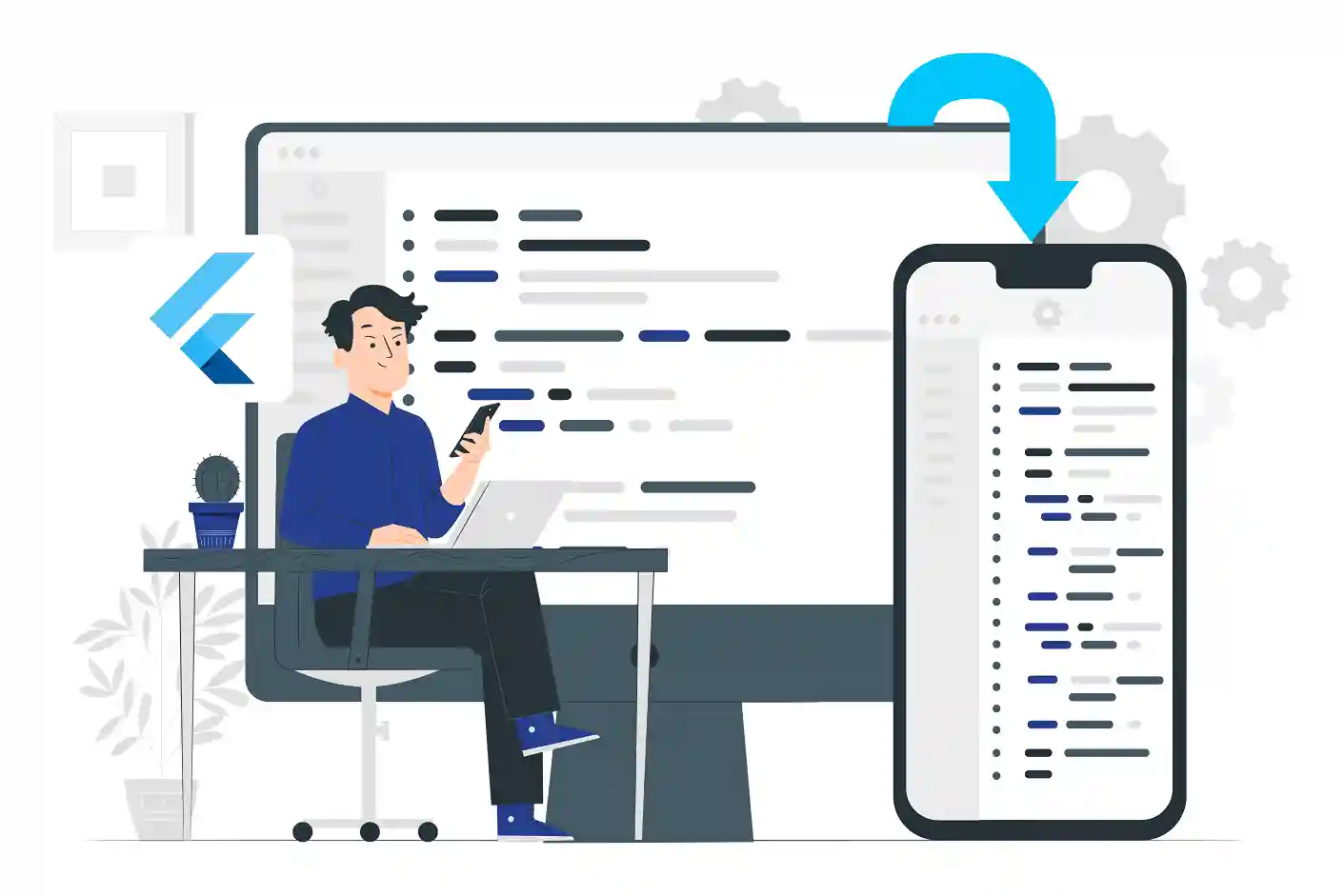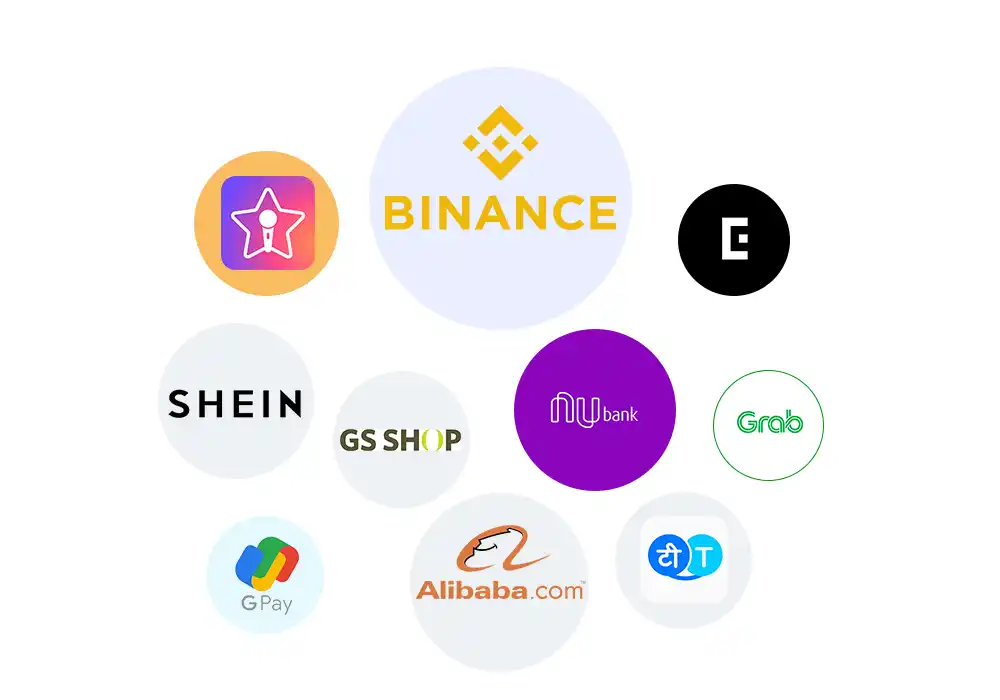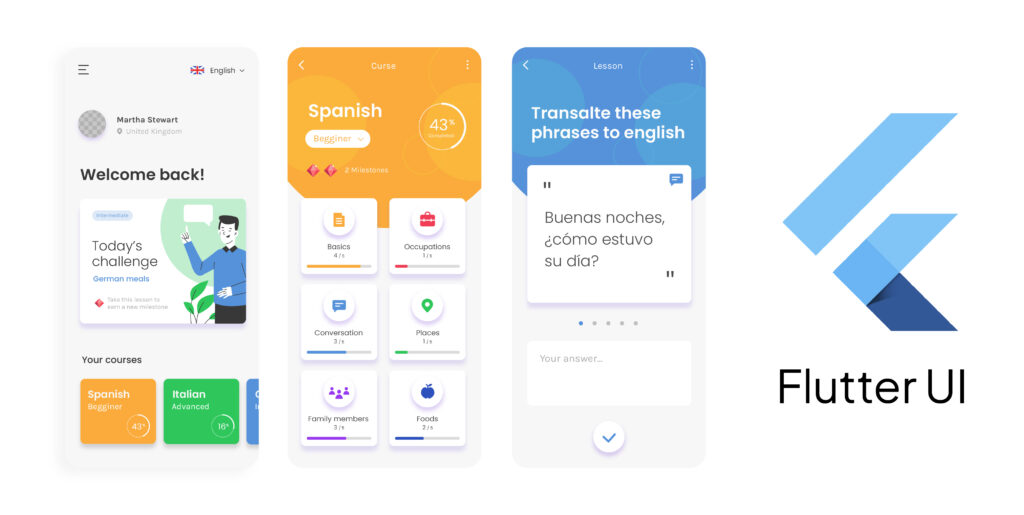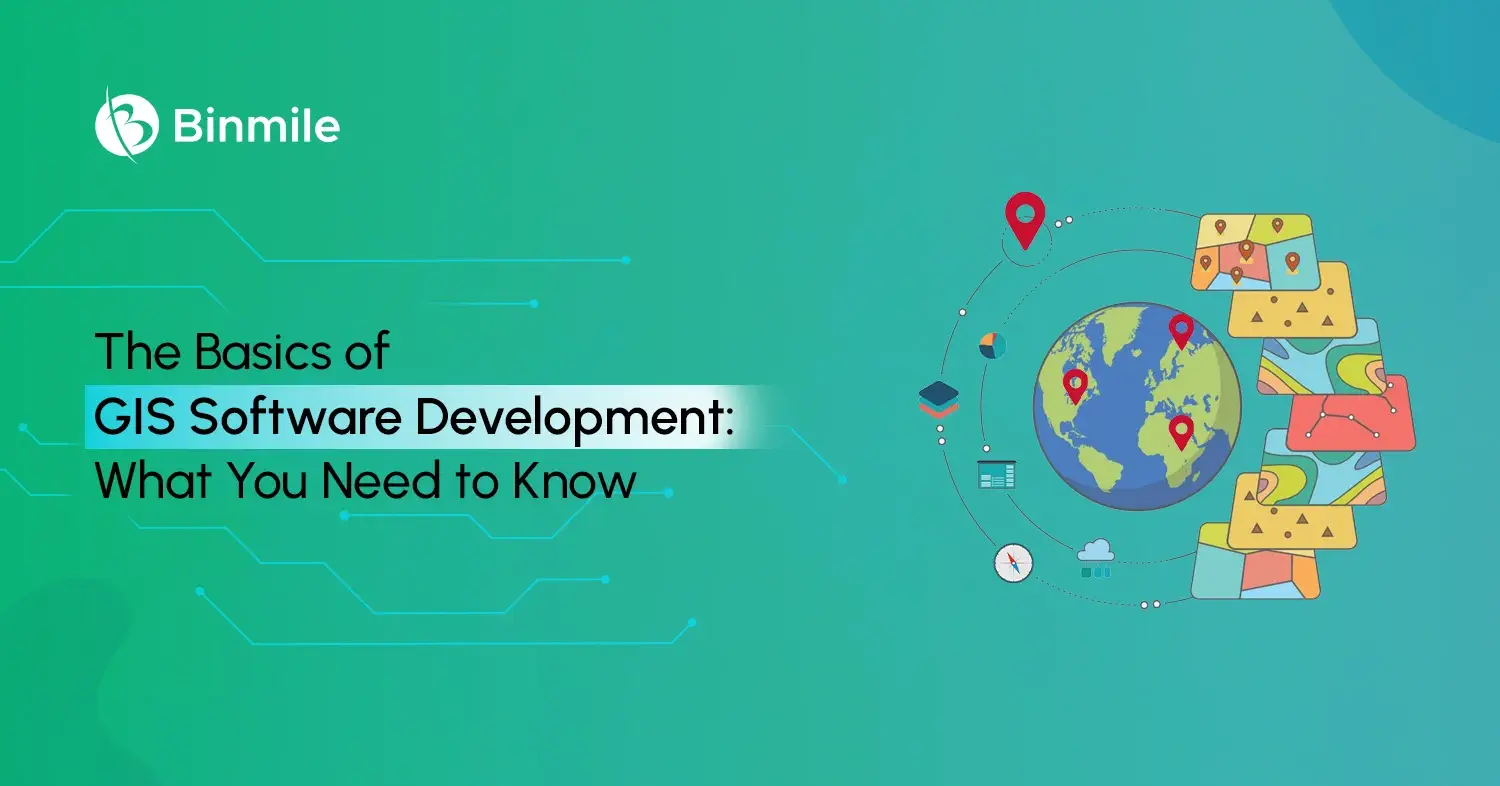The popularity of cross-platform applications has increased since iOS and Android took over as the primary platforms for mobile app development. Companies are therefore utilizing different technologies to provide cross-platform mobile application development services to their clients across the globe. Flutter is one of the most recent members of the group. Google’s cross-platform Flutter toolkit for mobile app development aims to increase app developers’ effectiveness, productivity, and reach. However, there are many options today for platforms and technologies that developers may utilize to reach their audience.
You’ve probably already used Flutter-based apps without even realizing it, whether you used a digital coupon, conducted an ad campaign on Google Ads, utilized Google Pay to make purchases, or did any other online shopping on Alibaba. Flutter didn’t take long to become wildly popular after its alpha launch in May 2017 and the official stable version released in December 2018. According to a recent survey, 42% of software engineers employed Flutter, while most mobile developers use native tools, with only about one-third using cross-platform technologies or frameworks.
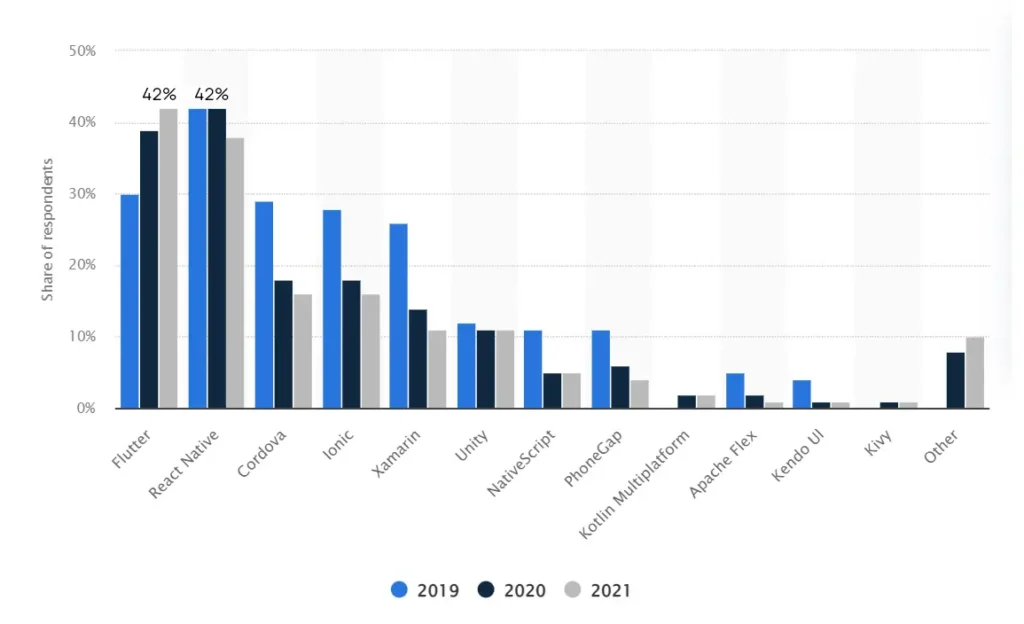
With such popularity, most developers face the question of whether Flutter is the right tool for their project. Though beneficial, Flutter has pros and cons that must be considered before making a decision. Developers must not forget that development involves a cost that cannot be skipped. Let’s look at these pointers in greater detail to help make an informed decision.
What is the Buzz About Flutter?
Google’s open-source Flutter platform enables the development of desktop, mobile, and online applications from a single codebase. In contrast to other well-liked alternatives, Flutter is an entire SDK. Dart, a current object-oriented programming language, is used to create the Flutter framework. Getting hands-on with Flutter is easy if you are familiar with any other programming language, such as JavaScript. Despite being primarily intended for creating cross-platform apps, the advent of Flutter 3.0 makes it possible to develop desktop and online applications.
Why is Flutter so Unique?
Suppose you’ve ever created a mobile application with the help of a cross-platform framework like React Native or Xamarin. In that case, the code will pass through a bridge or switch that compiles it into a Webview via JavaScript before it is rendered on the device. On the other hand, Flutter renders apps natively rather than leaving that up to the platform. All it needs is a canvas to generate widgets on the screen, access events like taps, and use services like the camera.
By using Dart’s capabilities for just-in-time and ahead-of-time compilation, Flutter targets the ARM of the target device by converting the code into native ARM code. Flutter apps become much faster and more responsive, improving consistency.
Most of the leading businesses today have used or are currently leveraging the power of Flutter to deliver competitive application development services to their customers. It is currently used by leading brands like Shein, Binance, and the famous Google Pay.
Top Companies Using Flutter For App Development
Pros and Cons of Flutter App Development
Pros of Flutter App Development
Let’s go over the characteristics that can tempt you to switch from other frameworks to Flutter in no time.
Dart Programming Language
The syntax of the contemporary object-oriented language Dart will make you think of Java or C++. It supports robust and sluggish typing techniques, making it easy for beginners to learn.
Just-in-Time (JIT) compilation is used during app development, and Ahead-of-Time (AOT) compilation is used for app deployment in Flutter, combining the best of both worlds.
Additionally, the effort is divided into layout and code in Android development. The layout should be expressed in XML as Views, which the Java code can use as references, and Dart handles that by keeping the code and layout in one location. Because everything in Flutter is a widget, Dart is also used to design the layout.
Flutter Developers Community
You would assume that Flutter lacks community support, given its brief history. But despite being so new, the technology is developing quickly. According to studies, 8.31% of apps released in the last 30 days and 2.83% of apps currently listed in the top 500 USA Play Store rankings were created with Flutter. According to the statistics presented above, Flutter and React Native are now the only two frameworks ruling the app development industry.
Flutter Widgets
One of its unique features is how Flutter uses its widgets to assist in creating a user interface. So much so that it is simple to claim that Flutter is a widget in itself. Unlike alternative methods that employ many objects (such as layouts, views, and controllers), Flutter provides a unified and consistent object model.
In Flutter, every object—including buttons, padding, and fonts—is a widget. You can employ widgets at any level of customization when you develop your widgets using the same tools the Flutter team used to create theirs, and Widgets can be combined to create layouts.
Google Support
You can be sure that Flutter will get ongoing support because Google is backing it, and the product will continue to advance for a very long time.
Google’s latest project Google Fuchsia is a Zircon kernel-based open-source operating system. Google is creating Fuchsia UI and apps with Flutter to make it multi-platform and guarantee good performance. So, given that Flutter is a part of such a large project, we don’t see it being abandoned anytime soon.
Hot Reload
The hot reload functionality is built into Flutter’s architecture and operates without using any plugins allowing you to view real-time code updates. Consider a scenario where a programming mistake occurred. In Flutter, you may immediately repair it and carry on from where you left off without completely restarting the process. Programmers are more productive when using hot reload since it facilitates quick iteration and experimentation.
Also Read: Optimizing the Flutter App Development Cost
Cons on Flutter App Development
There aren’t many drawbacks compared to the advantages of adopting Flutter for cross-platform app development. However, it’s essential to consider the framework’s usage across the industry and the disadvantages that come with it when choosing which one is best for your project.
Third-Party Libraries
Third-party libraries and packages greatly facilitate software development automation and eliminate the necessity for custom coding. Who wouldn’t want to try a product already used and assessed in various situations when it is mainly open source, readily available, and pre-tested?
Finding the required package is not a significant issue for many older and more well-liked technologies, but it is frequently a problem for more recent ones. There are currently more than 25k packages on the official Flutter site, and the number keeps increasing. It’s undoubtedly less than React Native, its major rival, but it’s still more than enough. Additionally, as we already mentioned, Flutter widgets provide coverage for most of the development cycle without external tools.
Comparatively Smaller Dart Community
Dart has a much smaller developer community than JavaScript, the programming language used to create Flutter apps. That means there aren’t many resources available to teach you Dart, much like the Flutter framework.
Dart still trails other technologies in adoption, particularly industry languages like JavaScript, C#, or native Objective-C and Java. Finding new members for your mobile team can be difficult because few beginners will choose Dart as their language, and this should be considered while selecting a cross-platform strategy.
Reduced Plugins
Flutter offers fewer plugins and packages than React Native does. This is reasonable given how young the framework is; the first stable version of Flutter was made available on December 4, 2018.
As additional plugins and packages for Flutter are created by the community, the effects of which should gradually reduce. There are currently over 26K packages that make it easier to create Flutter apps, and the number is constantly increasing.
Flutter App Size
The size of apps created in Flutter is a significant flaw that cannot be overlooked. In some circumstances, these file sizes may present a severe problem and force a developer to select another tool for development. As we can see, most users do not always have sufficient memory storage space on their phones, and many older devices cannot store different apps, forcing users to choose between an app and their images or music. However, this file size gives you better runtime and performance, making it challenging to identify the target market.
Read More: Flutter vs React Native vs PWA
Summing Up
Despite the drawbacks, Flutter is a powerful platform for developing cross-platform mobile apps. It has a growing community of developers, a large number of available plugins and packages, and excellent performance, making it suitable for high-traffic applications. Overall, it is an up-and-coming and developing framework, but additional research is required before making a final decision. The relatively small flutter community complicates finding the necessary packages and plugins. The large app size compared to other popular platforms like React Native or Xamarin are a few pointers discussed in this blog. The benefits, however, may any day surpass the cons by a large margin. Additionally, Flutter offers a rich user interface that can be customized to fit the needs of your app. Its design is based on Material Design specifications, making it compatible with many devices.
